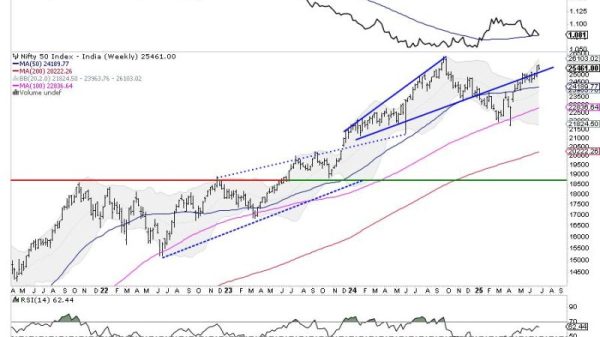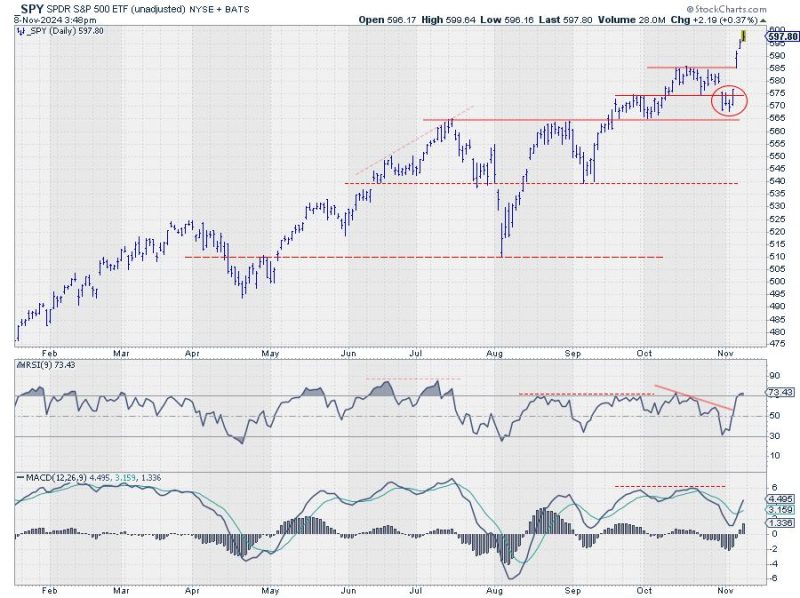In the world of espionage, the dynamic between offense and defense is constantly evolving as intelligence agencies adapt to stay ahead of emerging threats. Three key sectors are now leading the charge in bringing spy agencies back to an offensive mindset, enabling them to be more proactive in countering potential dangers:
1. Cybersecurity:
The rise of cyber threats has forced intelligence agencies to increasingly focus on cybersecurity as a critical aspect of their offensive capabilities. By employing advanced technologies and techniques to detect, prevent, and respond to cyber attacks, spy agencies can now proactively disrupt malicious activities in cyberspace before they escalate into full-blown security breaches. This proactive approach has helped to shift the balance of power back in favor of intelligence agencies, allowing them to stay one step ahead of cyber adversaries.
2. Artificial Intelligence and Machine Learning:
The use of artificial intelligence (AI) and machine learning has revolutionized the way intelligence agencies gather and analyze vast amounts of data. By leveraging AI-powered algorithms, spy agencies can now quickly identify patterns, detect anomalies, and extract valuable insights from massive datasets that would be impossible to analyze manually. This enables them to proactively identify potential threats, predict future attacks, and take preemptive action before they materialize. AI and machine learning have thus become indispensable tools in the arsenal of spy agencies looking to regain the offensive edge in the intelligence arena.
3. Counterintelligence and Counterterrorism:
The fields of counterintelligence and counterterrorism have long been central to the mission of spy agencies in protecting national security interests. In recent years, however, there has been a noticeable shift towards a more proactive and offensive approach in these sectors. By infiltrating and disrupting terrorist networks, countering foreign espionage activities, and neutralizing insider threats, intelligence agencies are now actively seeking to prevent attacks before they occur, rather than merely reacting to them after the fact. This proactive stance has proven to be highly effective in thwarting terrorist plots, disrupting enemy operations, and safeguarding critical assets against hostile actors.
In conclusion, the resurgence of offensive capabilities in the realm of espionage is being driven by advancements in cybersecurity, artificial intelligence, and counterintelligence/counterterrorism. By harnessing these key sectors, intelligence agencies are reclaiming the initiative in the ongoing battle against emerging threats, enabling them to anticipate, prevent, and neutralize potential dangers before they can materialize. This proactive shift represents a pivotal turning point in the world of espionage, as spy agencies increasingly leverage cutting-edge technologies and innovative strategies to stay ahead of the curve and safeguard national security interests in an ever-evolving threat landscape.


































